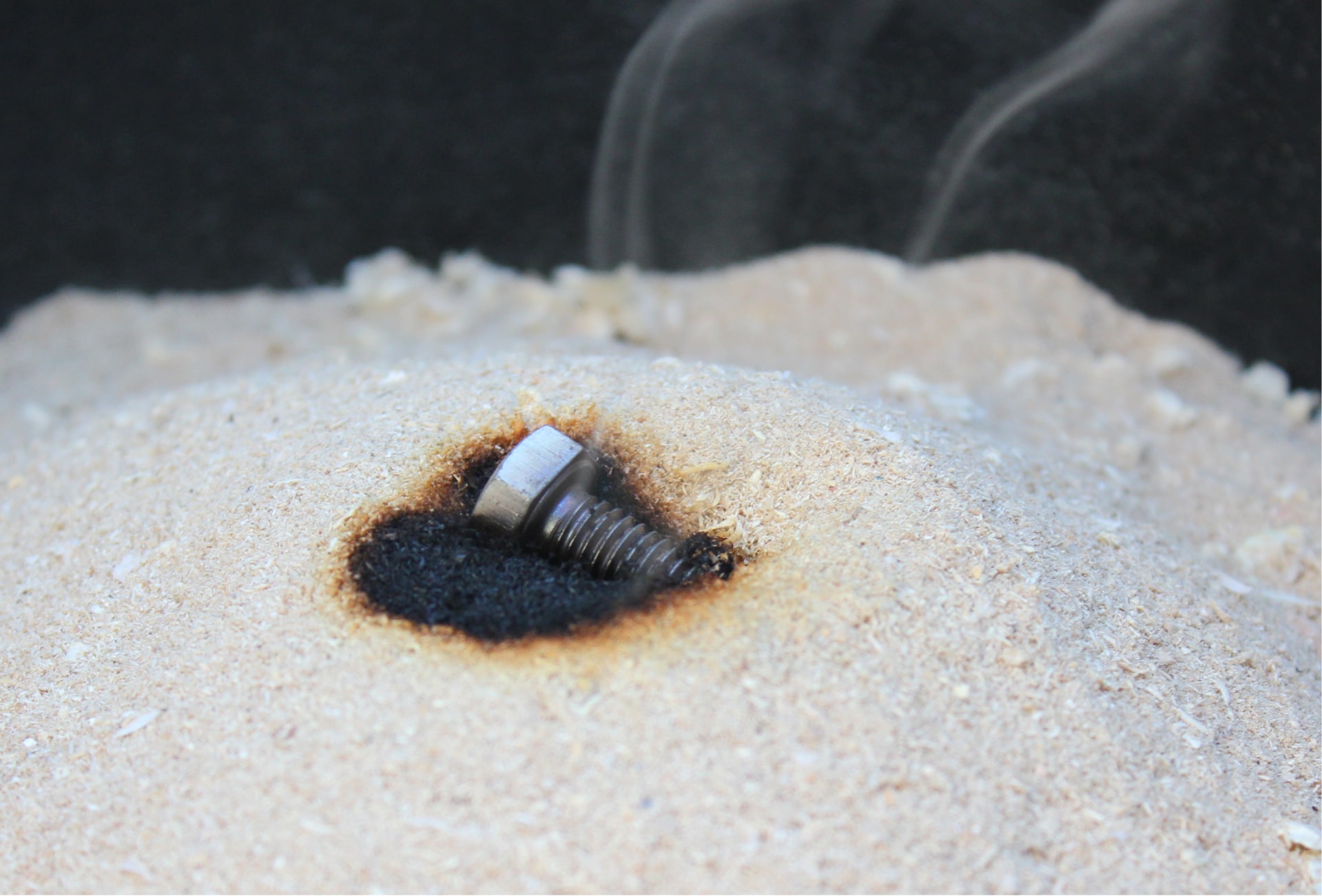When a material is reduced to dust, each particle has a very large surface area relative to its mass. Material in this form can easily catch fire and a cloud of combustible dust can cause an explosion. Many common materials can form hazardous dust, including paper, tissue, wood, grain, flour, milk powder, sugar and many others. Good housekeeping routines are usually sufficient to keep this hazard at bay, but if a dust explosion should still occur, our range of passive explosion protection products can significantly reduce damage, downtime and financial impact.
Preventing dust explosions at your plant
A dust explosion is a rapid combustion of fine particles suspended in the air within an enclosed space. Dust explosions happen relatively frequently in many industries handling dry and finely divided material. If combustible dust is ignited inside an enclosed volume, such as a duct or a storage vessel, the pressure from expanding gases may cause the structure to collapse. The extent of the damage depends on the explosive characteristics of the material as well as the volume and geometry of the vessel and the strength of its weakest point.
Minimize damage from explosive dust
One or more vent panels, dimensioned for the vessel, will reduce the likelihood of major damage to the vessel and its surroundings. The vent panel will open at a low pressure and allow the pressure to be released, acting as a safety valve for the system. The venting unit is a conveniently installed solution that vents an explosion to the outside area without flame propagation or glowing particles passing through.
Tackle explosion risk at the source
Environments at risk of dust explosion are subject to the ATEX regulations, just like environments where explosive gas may be present. The site owner has legal responsibility to prevent explosive atmosphere forming by reducing the concentration of combustible dust and by preventing or limiting dust dispersion. Ignition needs to be prevented by analyzing possible ignition sources; and by taking appropriate measures to avoid ignition, such as using an ignition source detection and extinguishing system. If an explosion does occur, its effects need to be mitigated, using explosion venting, explosion barriers, and explosion suppression.



